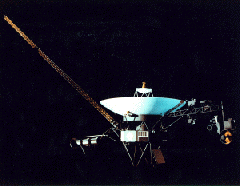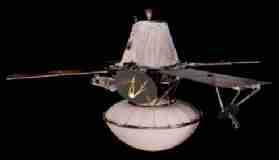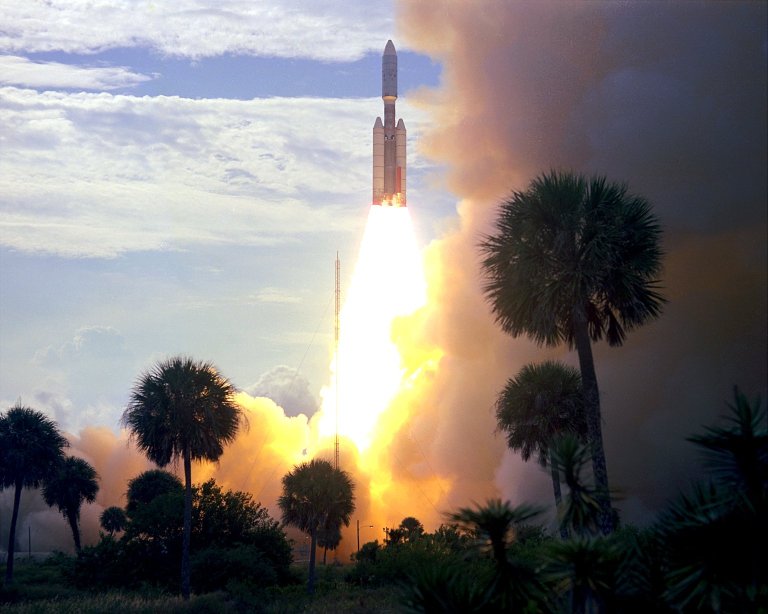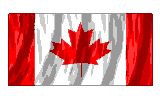1977 – Voyager 2 (USA) launched aboard Titan-Centaur expendable rockets from Cape Canaveral. Voyager missions to Jupiter, Saturn, Uranus, Neptune opened a new era of spacecraft investigations into the realm of our Solar System’s gas giants. The primary mission was to last for five years and explore Jupiter and Saturn. However, once this primary mission was successfully accomplished mission managers at JPL (Jet Propulsion Laboratory) applied for and received the support to send the craft on to exploration of Uranus and Neptune and a 30 year mission plan, Voyager Interstellar Mission, was established. Instruments on board both Voyager Spacecraft include television cameras, infrared and ultraviolet sensors, magnetometers, plasma detectors, and cosmic-ray and charged-particle sensors. Traveling too far from the Sun to use solar power they were equipped with power sources called radioisotope thermoelectric generators (RTGs). Also onboard both Voyagers is “Murmers of Earth”, a 12-inch gold-plated copper disk containing sounds and images selected to portray the diversity of life and culture on Earth. Carl Sagan chaired the committee which selected the images and sounds of Earth.
Voyager 2 crossed the heliopause in 2018.

“The spacecraft will be encountered and the record played only if there are advanced spacefaring civilizations in interstellar space. But the launching of this bottle into the cosmic ocean says something very hopeful about life on this planet.”
Carl Sagan

1975 – Viking 1 (USA) launched. An orbiter and lander, sister ship to Viking 2. On June 19,1976 went into orbit around Mars looking for a place put the lander. On July 20th, 1997 the lander touched down in Chryse Planitia. It obtained images, wind speeds, temperatures and measured physical and chemical properties of the surface.

1964 –  Creation, in Washington, D.C., of the International Satellite Telecommunication Organization (Intelsat), of which Canada is a founding member.
Creation, in Washington, D.C., of the International Satellite Telecommunication Organization (Intelsat), of which Canada is a founding member.